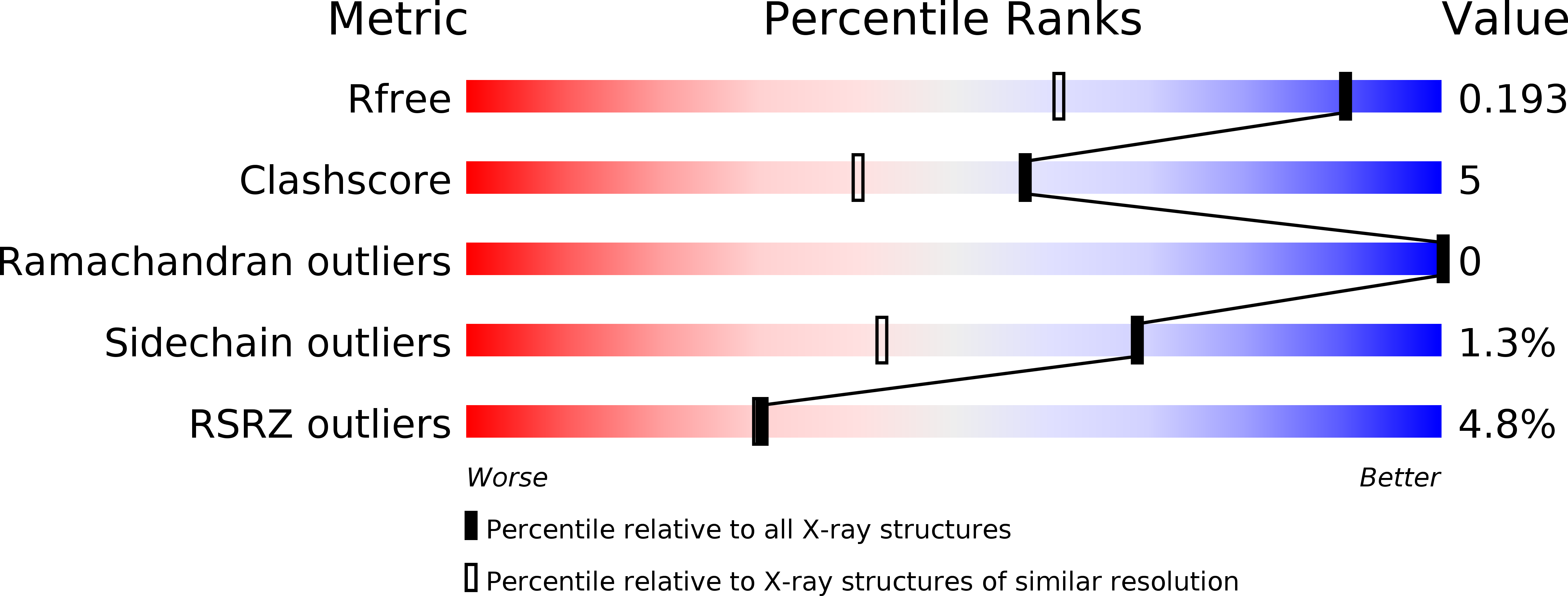
Deposition Date
2013-11-15
Release Date
2014-10-01
Last Version Date
2023-09-20
Entry Detail
PDB ID:
4NMV
Keywords:
Title:
CFTR Associated Ligand (CAL) PDZ domain bound to peptide iCAL36(BRB-K-1) (ANSRWPTS[4-bromobenzoic-acyl-K]I)
Biological Source:
Source Organism:
Homo sapiens (Taxon ID: 9606)
Host Organism:
Method Details:
Experimental Method:
Resolution:
1.40 Å
R-Value Free:
0.20
R-Value Work:
0.18
R-Value Observed:
0.18
Space Group:
P 21 21 21


